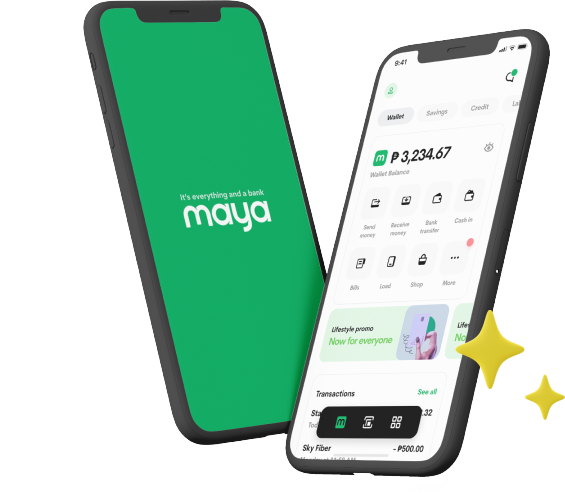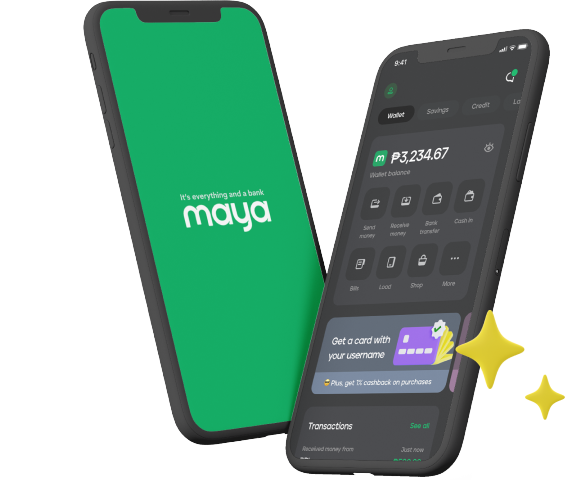
Loans can be a powerful stepping stone toward achieving important life goals. Whether it’s expanding a small business, upgrading your home, or handling unexpected expenses, credit products like Maya Easy Credit provide access to the funds needed to turn financial goals into reality. When managed responsibly, borrowed money can accelerate the completion of financial goals that might otherwise take years to accomplish.
However, with the benefits of taking out a loan comes the responsibility of repaying it on time. Staying on top of your loan payments not only helps you avoid costly late fees but also strengthens your credit score. A positive repayment history can make it easier to secure additional financing in the future, giving you greater financial flexibility and long-term stability.
Still, it can be challenging to stay consistent with payments, especially when you’re juggling multiple financial priorities. The key lies in thoughtful planning and proactive loan management. To help you stay organized and in control, here are some practical strategies for managing loan repayment effectively.
1. Prioritize High-Interest Loans
One of the most effective ways to manage your loans is to focus on paying off high-interest debts first. Not all loans carry the same interest rates, and high-interest loans can quickly accumulate and become overwhelming if they’re not addressed.
A popular method for tackling high-interest loans is the debt avalanche method, which involves directing any extra money toward the loan with the highest interest rate while continuing to make payments on other loans. Once the highest-interest loan is paid off, you move on to the next one. This strategy helps you pay off your loans faster and minimizes the total cost of borrowing.
2. Consider Refinancing or Loan Consolidation
If you’re struggling with multiple loans or high-interest rates, refinancing or consolidating your loans can be a smart solution. Refinancing involves replacing your existing loan (or loans) with a new one that has better terms, such as a lower interest rate or a longer repayment period. This can lower your monthly payments and make your debt more manageable.
Loan consolidation, on the other hand, allows you to combine multiple loans into a single loan with one monthly payment. This simplifies your finances and makes it easier to keep track of due dates. To consolidate your loans, you can explore options from banks or take out a new loan with a low interest rate and use the borrowed money to pay off your other high-interest loans. One option is Maya Easy Credit, which has one of the lowest interest rates among credit lines offered by digital banks today.
3. Set Payment Reminders
It’s easy to forget due dates, especially if you have multiple loans or a busy schedule. The problem with making late payments is that it can lead to penalties, damage your credit score, and make it harder to get approved for future loans. To avoid these problems, consider setting up alerts or reminders on your smartphone or physical calendar.
4. Make Extra Payments When Possible
If you have extra income, consider putting that money toward your loan payments, if the lender allows it. Making extra payments can reduce the loan principal faster, which, in turn, lowers the amount of interest you’ll have to pay over time.
Let’s say you receive a bonus at work; you could use a portion of it to make an extra loan payment. Similarly, if you earn additional income from a freelance project or selling items online, you could channel that money toward paying your debt. The key is to seize opportunities to pay down your loans faster whenever you can.
If you aren’t allowed to make prepayments, consider setting aside extra funds you might get and putting them in a separate savings account specifically for your loan payments. This way, you’ll have the funds ready when the time comes for your regular payment.
5. Establish a Budget and Follow It Consistently
A well-planned budget is essential for managing your loan payments and maintaining financial stability. It lets you track your income, prioritize essential expenses, and identify areas where you can cut back to free up money for loan repayment.
One popular budgeting method is the 50/30/20 rule, which divides your income into three categories: 50% for essential expenses (like loan payments, rent, and groceries), 30% for discretionary spending (such as dining out and entertainment), and 20% for savings. This approach can help you strike a balance between meeting your financial obligations and enjoying your hard-earned money.
6. Track Your Progress and Celebrate Milestones
Staying motivated throughout the repayment process can be challenging, especially when you’re dealing with long-term loans. One effective way to keep yourself on track is to monitor your progress and celebrate key milestones along the way. Tracking your payments helps you stay aware of how much you’ve paid off and how much remains, which can boost your confidence and keep you focused on your financial goals.
Additionally, set small, achievable milestones, such as paying off 50% or 75% of your loan, and reward yourself (within reason) each time you reach one. Your rewards can be small treats like a movie night or a nice meal to give you something to look forward to without derailing your budget.
Staying on top of your loan payments doesn’t have to be overwhelming. With thoughtful planning and a proactive mindset, you can take charge of your debt and steadily work toward a more secure financial future. Stay consistent and let each on-time payment bring you one step closer to greater financial stability and peace of mind.
You might also like
These Stories on Maya Bank




